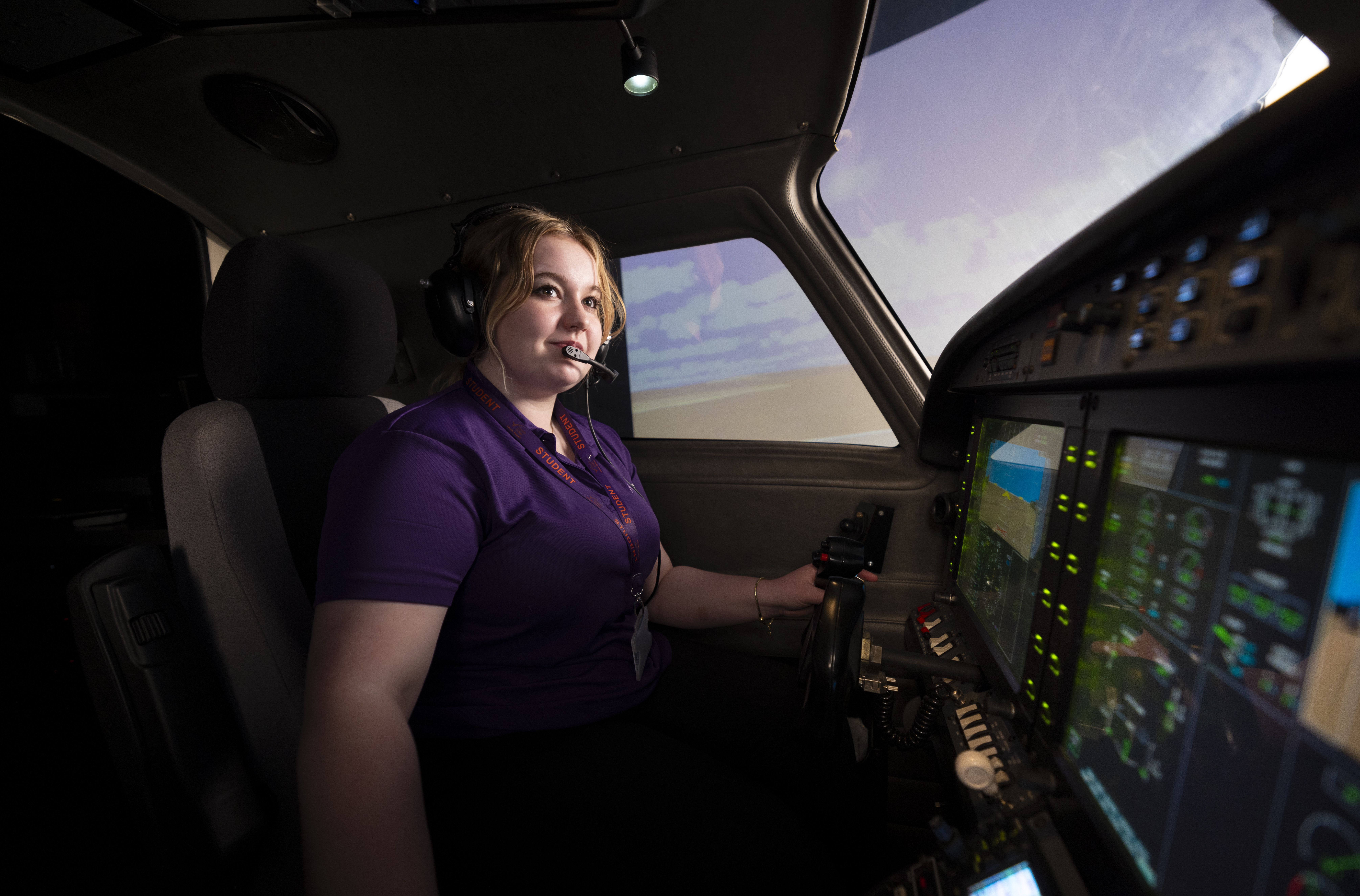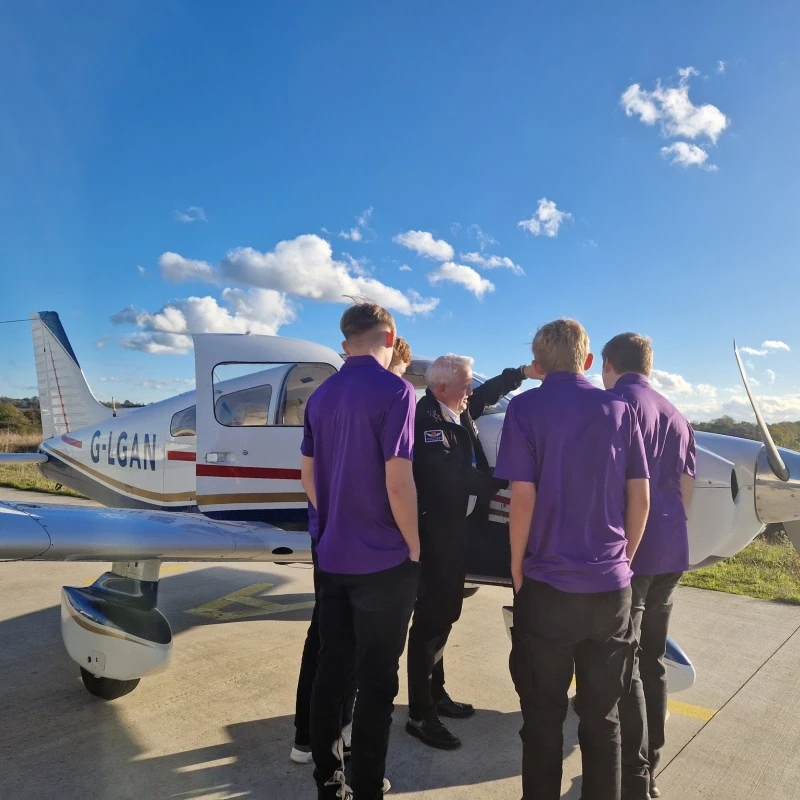Each student will receive four hours of flying lessons as part of their course enrichment.
This exciting experience includes a pre-flight briefing, during which students must consider weather conditions, file a flight plan, communicate with the dispatch team, and inspect the aircraft before departure.
This airborne classroom provides real-world context to students’ academic studies and enhances the air-mindedness of ASI learners.

